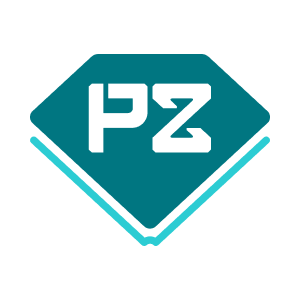NO.PZ2024050101000097
问题如下:
Sam prices a put option on an asset with the Black-Scholes-Merton option pricing model and calculates a model premium of $25. This $25 also coincidentally equals the present-valued expected exposure faced by Sam with respect to the short option position. Sam estimates the probability of counterparty default by the option writer to be 10% with loss given default of 40%, such that the expected loss = $25 EE (writer) × 10% PD × 40% LGD = $1. He concludes that the CVA-adjusted (net of counterparty risk) option price is $24. His colleague Jane observes that this calculation assumes no wrong-way risk. But there is a high, positive correlation between underlying asset price and the credit quality of the option writer counterparty: both the counterparty and underlying share a sector that reacts to the same common factors such that adverse economic regimes depress sector asset prices while lowering sector credit quality (and increasing credit spreads). Is Jane correct that the CVA-adjusted option value deserves further adjustment?
选项:
A.
As the correlation is positive, this is instead right-way risk; but the true CVA-adjusted value remains $24 as there is no adjustment for right-way risk
B.
As the correlation is positive, this is instead right-way risk; therefore, the true CVA-adjusted value will be higher than $24
C.
Jane is correct that this is wrong-way risk; therefore, true CVA-adjusted value will be lower than $24
D.
Jane is correct that this is wrong-way risk but expected loss is not impacted by correlation, so Sam correctly has the CVA-adjusted value at $24
解释:
We refer to wrong-way risk as the adverse (negative) correlation between the exposure to the counterparty and its credit quality. Alternatively, it can be stated as the positive correlation between exposure and credit spread.
不明白为什么选C,可以解释吗?



